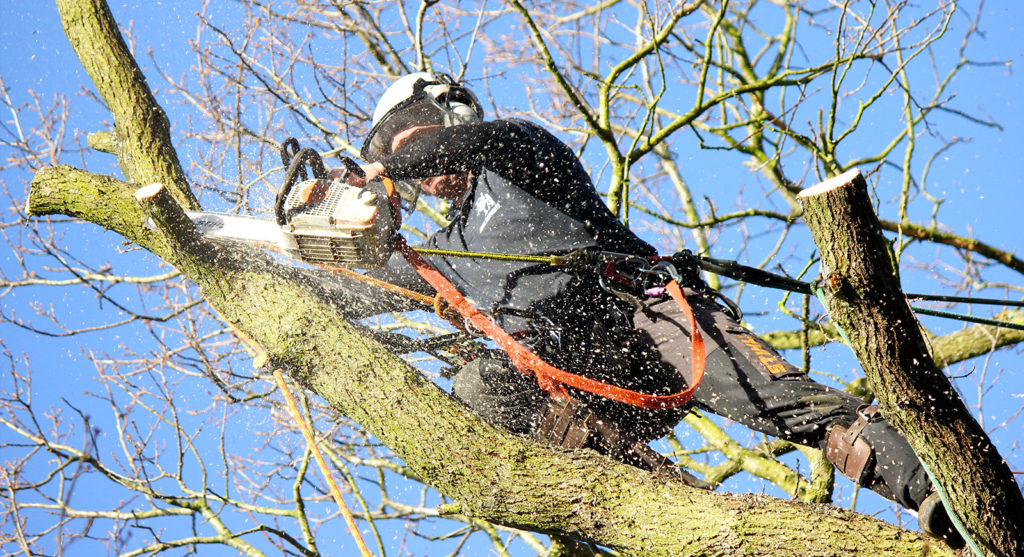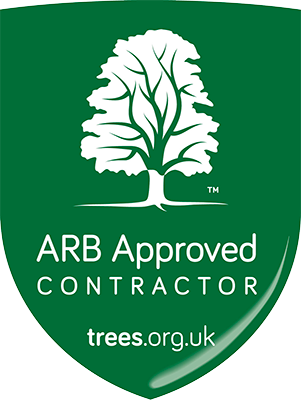We offer a 24/7 Emergency call-out, please call 03450 170 732
We offer a 24/7 Emergency call-out, click to callTree Surgery: The Different Types You Need to Know About
If you have trees on your property, then you may need to hire a tree surgeon at some point. Tree surgery is the term used for the process of cutting and removing trees. There are many different types of tree surgery, so it’s important to know what each one entails. In this blog post, we will discuss the most common types of tree surgery.
What is tree surgery?
Tree surgery is the term used for the process of cutting and removing trees. There are many different types of tree surgery, so it’s important to know what each one entails.
Different types of tree surgery
- Crown Cleaning: Crown cleaning is the process of removing dead or damaged branches from a tree. It is often done to improve the tree’s appearance or to make it safer to work near.
- Crown Reduction: Crown reduction is the process of cutting back the height and width of a tree’s crown. This is typically done to reduce the risk of damage caused by high winds or to make the tree easier to manage.
- Crown Lifting: Crown lifting is the process of raising the height of a tree’s crown. This is often done to improve the tree’s appearance or to make it easier to work near.
- Crown Thinning: Crown thinning is the process of removing some of the branches from a tree’s crown. This is done to improve air circulation and allow more light to reach the ground. It can also help reduce the weight of the tree’s canopy.
- Dead Wooding: Dead wooding is the process of removing dead or damaged branches from a tree. It is often done to improve the tree’s appearance or to make it safer to work near.
- Deadwood Removal: Deadwood removal is the process of removing all dead branches from a tree. This is done to improve the tree’s appearance or to make it safer to work near.
- Fallen Trees: Fallen trees are trees that have been knocked down by a storm or wind. They need to be removed as soon as possible to prevent further damage.
- Full Crown Reductions: Full crown reductions are the same as crown reductions, but they involve removing more of the tree’s branches. This is typically done to reduce the risk of damage caused by high winds or to make the tree easier to manage.
- Hazardous Trees: Hazardous trees are trees that pose a danger to people or property. They may be leaning too close to a building, have dead branches hanging over a road, or be in a floodplain. These trees need to be removed as soon as possible to prevent damage.
- Hedge Maintenance: Hedge maintenance is the process of trimming and shaping hedges. It is often done to keep them looking neat and tidy.
- Hedge Trimming: Hedge trimming is the process of cutting back the height and width of a hedge. This is done to keep it looking neat and tidy.
- Limb Removal: Limb removal is the process of removing tree limbs that are too close to a building, road, or other structure. It is done to prevent damage to the property.
- Non-Evasive Bracing: Non-invasive bracing is the process of reinforcing a tree with cables or braces to prevent it from falling over. It is often used on trees that are in danger of being blown over by the wind.
- Pollarding: Pollarding is the process of cutting back the height and width of a tree’s crown. This is done to keep it small enough to be managed easily.
- Pruning: Pruning is the process of removing dead or damaged branches from a tree. It is often done to improve the tree’s appearance or to make it safer to work near.
- Sectional Felling: Sectional felling is the process of cutting down a tree in sections. This is done to prevent damage to surrounding property.
- Shaping: Shaping is the process of trimming and shaping a tree’s branches. It is often done to keep it looking neat and tidy.
- Storm Damage: Storm damage is any damage that is caused by a storm or wind. This may include fallen trees, broken windows, or damaged roofs.
- Stump Grinding: Stump grinding is the process of removing a tree stump. This is done to make it easier to plant new trees or to clear space for other purposes.
- Stump Removal: Stump removal is the process of removing a tree stump. This is done to make it easier to plant new trees or to clear space for other purposes.
- Treatment: Treatment is the process of applying chemicals, sealants, or fertilizers to a tree in order to protect it from pests or diseases.
- Tree Felling: Felling is the process of cutting down a tree.
- Tree Planting: Tree planting is the process of planting a new tree.
- Tree Reductions: Tree reductions are the same as crown reductions, but they involve removing more of the tree’s branches. This is typically done to reduce the risk of damage caused by high winds or to make the tree easier to manage.
- Tree Removal: Tree removal is the process of removing a tree from its location. This may be done for safety reasons or to make room for other purposes.
- Tree Services: Tree services are any services that are related to trees. This may include tree trimming, tree removal, stump grinding, and hedge trimming.

Tree surgery FAQ:
Q: What is tree surgery?
A: Tree surgery is the process of removing or treating trees. This may include trimming, felling, planting, and Reductions. It is often done to improve the tree’s appearance or to make it safer to work near.
Q: What are the different types of tree surgery?
A: The different types of tree surgery include limb removal, hedge trimming, pruning, pollarding, sectional felling, and shaping.
Q: What is the purpose of tree surgery?
A: The purpose of tree surgery varies depending on the type of surgery that is performed. However, common reasons for performing tree surgery include preventing damage to property, maintaining the appearance of a hedge, and reinforcing a tree.
Q: When is tree surgery necessary?
A: Tree surgery is often necessary when a tree is in danger of being blown over by the wind or when it has been damaged by a storm. It may also be necessary for aesthetic reasons or to make it easier to work near the tree.
Q: What are the risks of tree surgery?
A: The risks of tree surgery vary depending on the type of surgery that is performed. However, common risks include injury to people or property and damage to the tree.
Q: How much does tree surgery cost?
A: The cost of tree surgery varies depending on the type of surgery that is performed. However, it typically ranges from £50 to £200 per hour.
Q: How long does tree surgery take?
A: The length of time that it takes to perform tree surgery depends on the type of surgery that is performed.
Conclusion
Tree surgery is the process of removing or treating trees. This may include trimming, felling, planting, and Reductions. It is often done to improve the tree’s appearance or to make it safer to work near.
